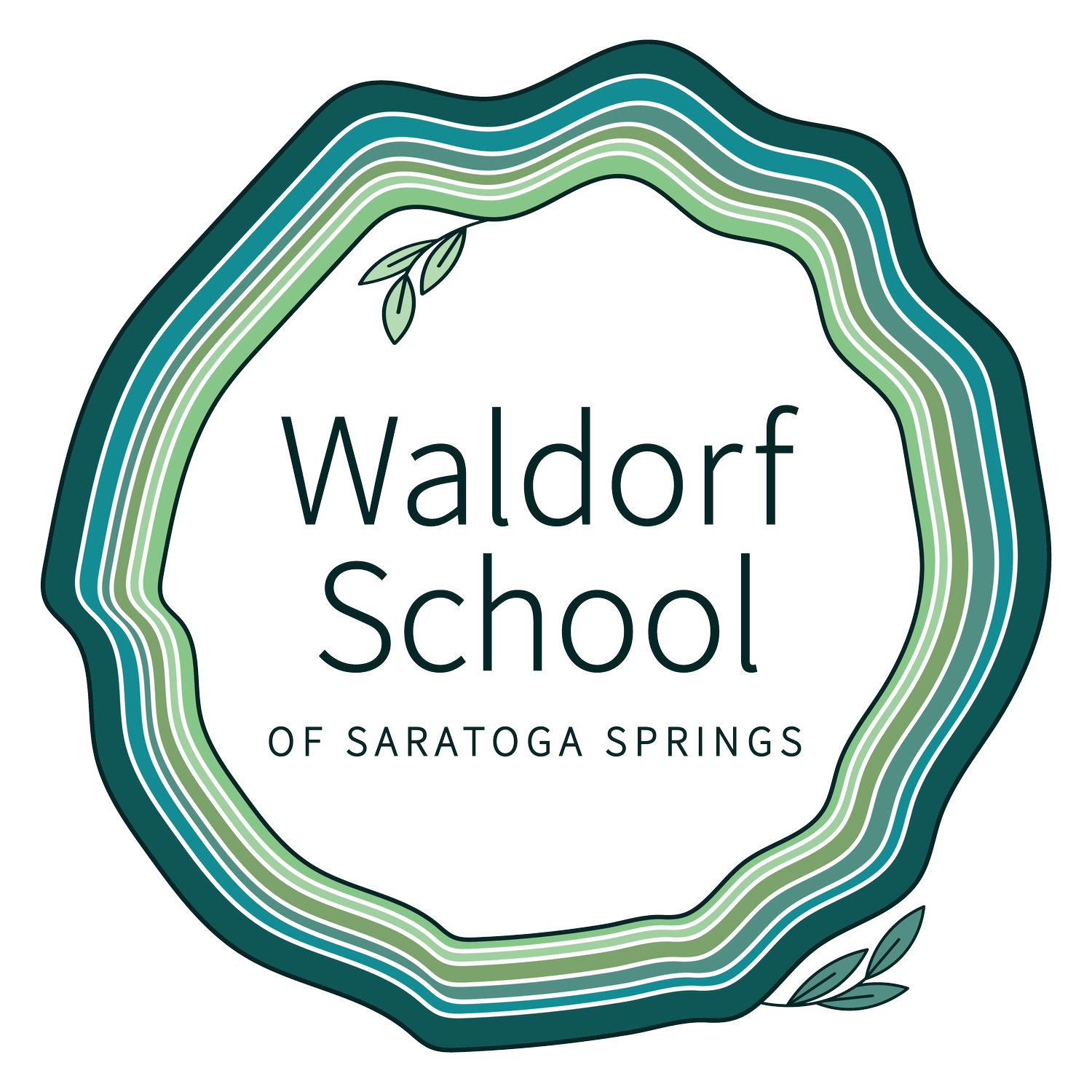
FAQs About Waldorf
-
Waldorf education, established by Rudolf Steiner and Emil Molt in 1919, has its foundations in Anthroposophy. At the heart of Anthroposophy is the belief that humanity has the wisdom to transform itself and the world, through one’s own spiritual development. To that end, Waldorf education holds as its primary intention the ideal of bringing forth—in every child—his or her unique potential in a way that serves the further development of humanity. The curriculum, pedagogy, and teaching methods are designed to nurture this potential.
-
Waldorf schools are non-sectarian and non-denominational. They educate all children, regardless of their cultural or religious backgrounds. The pedagogical method is comprehensive, and, as part of its task, seeks to bring about recognition and understanding of all the world cultures and religions. Waldorf schools are not part of any church. They espouse no particular religious doctrine but are based on a belief that there is a spiritual dimension to the human being and to all of life. Waldorf families come from a broad spectrum of religious traditions and interest.
-
These two educational approaches began with a similar goal: to design a curriculum that was developmentally appropriate to the child and that addressed the child's need to learn in a tactile as well as an intellectual way. The philosophies are otherwise very different.
-
Our goal is to foster passionate readers who continue reading for pleasure throughout their lifetimes. To that end, we introduce reading in a developmentally appropriate way, when students are more comfortable with the written word and fully ready to engage with them.
Waldorf teachers begin teaching reading in the first couple months of first grade by teaching consonants and vowel names and sounds through an artistic approach of drawing, painting, movement, and speech. This artistic, deliberate process engages the children with great interest, and by the end of first grade, children are writing and reading sentences and short texts. Students typically begin reading printed readers with their teacher during the second half of second grade. This thorough and artistic approach to teaching literacy has been proven to build a solid base for advanced comprehension and vocabulary skills in later years.
-
Waldorf schools are not art schools. The curriculum offers a classical education in all academic disciplines that fully integrates the arts into its teaching methodology. Why? Because research continues to show that the inclusion of the arts in academia increases aptitude and creative thinking in areas such as math and science, and has a positive effect on emotional development as well.
-
Music education plays a significant role in Waldorf schools from grade one through middle school. All students learn to play flute or recorder in first grade, and are encouraged to take up an orchestral instrument beginning in grade three. In many schools, wind instruments are offered as an alternative to strings in the middle grades. Vocal music is also introduced in Grade l, with the complexity of choral material increasing by age level.
-
Eurythmy is the art of movement that attempts to make visible the tone and feeling of music and speech. Eurythmy helps to develop concentration, self-discipline, and a sense of beauty. This training of moving artistically with a group stimulates sensitivity to the other as well as individual mastery. Eurythmy lessons follow the themes of the curriculum, exploring rhyme, meter, story, and geometric forms.
-
People assimilate language most easily when young. This language ‘window’ is recognized in Waldorf schools, and virtually all schools teach one or two world languages beginning in first grade.
-
All sciences begin with simple nature experiences in kindergarten and the early grades, and advance with the study of acoustics, heat, magnetism and electricity in middle school. The emphasis is on direct encounters with observable phenomena: “Describe what happened. Evaluate what you have observed. What are the conditions under which the phenomena appear? How does this relate to what you already know?” Then students are asked to think through the experiment and discover the natural law that stands behind and within the phenomena.
-
Waldorf teachers appreciate that technology must assume a role in education, but at the appropriate developmental stage, when a young person has reached the intellectual maturity to reason abstractly and process concretely on his or her own, which is at around the age of 14. Society might challenge this principle, as many young children are well able to complete sophisticated tasks on a computer; the Waldorf perspective is that computer exposure should not be based on capability but on developmental appropriateness. While many applaud adult-like thinking in young children, we observe that a child’s natural, instinctive, creative and curious way of relating to the world may be repressed when technology is introduced into learning environments at an early age. ~ Excerpt from NYTimes Opinion, 5/2014, Author, Beverly Amico
-
Computers and digital technology are not part of the early grades curriculum, although mechanical technology and the practical arts are incorporated at all levels. In middle school, computers are introduced in the classroom as a limited and responsibly utilized teaching tool.
-
A Waldorf teacher typically remains with the same class for five to eight years. In this way, the teacher is better able to assess each individual’s development, needs, and learning style—and the children, feeling secure in this long-term relationship, are more comfortable in their learning environment.
-
Assessment may vary slightly from school to school, but in most cases, a full assessment of each student’s progress is provided in the form of a year-end narrative assessment in all subject areas. These assessments are supported by teacher conferences and class meetings throughout the year.
